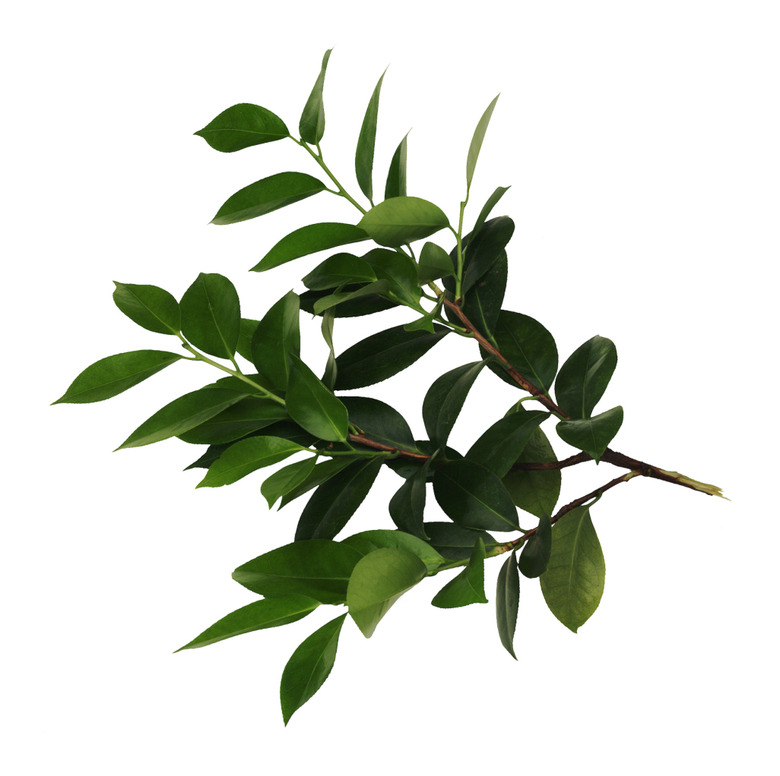Is Honey A Good Rooting Hormone For Plants?
Natural gardening solutions don't always work. Using honey as a rooting hormone, for example, won't work. Honey contains no plant hormones and does not have the right nutrients for plants, new or established. What it can do well is keep bacteria and other microorganisms from getting into the cut stem of the plant and causing infection.
Hormone
Step 1
Plants produce hormones to regulate growth. Rooting hormones can be purchased in powder form at garden centers to stimulate growth faster. When you are taking cuttings for new plants, dipping the cut end into a rooting hormone before planting can encourage the cutting to grow new roots quickly.
- Natural gardening solutions don't always work.
- Honey contains no plant hormones and does not have the right nutrients for plants, new or established.
Compound
Step 1
Rooting compounds contain nutrients plants need, as well as rooting hormones. They not only encourage the cutting to develop roots, but ensure the nutrients the plant needs for healthy roots are close by and accessible to the tiny roots. Key nutrients plants need to develop new root systems include potassium and phosphorus. Honey does have some phosphorus and minerals, but not in the right amounts to help develop new roots.
Sugar
Step 1
Every living thing needs sugar of some sort to survive, and honey is made up of sugar so you'd think it would help plants grow. Plants create their own sugar through photosynthesis. They do not have a digestive system to break down sugars from outside sources and can't absorb sugars in the soil. No matter how much honey is in the soil, plants cannot use it for energy.
- Rooting compounds contain nutrients plants need, as well as rooting hormones.
- They not only encourage the cutting to develop roots, but ensure the nutrients the plant needs for healthy roots are close by and accessible to the tiny roots.
Antimicrobial
Step 1
When taking cuttings, the end that has been cut is open and vulnerable to infection. This is where honey can be of use. While some microorganisms naturally live in honey, it kills most types of bacteria and mold, according to the National Institute of Health. Applying a bit of honey to the end of a cutting can protect it from harmful bacteria or mold in the soil. Don't be tempted to add large amounts of honey to the soil, however. Soil contains beneficial bacteria that you want to leave alive. Although honey is sweet, it contains high levels of certain acids and most cuttings need a low acidic soil to grow. Too much honey could make the soil too acidic for new plants.
- When taking cuttings, the end that has been cut is open and vulnerable to infection.
- Although honey is sweet, it contains high levels of certain acids and most cuttings need a low acidic soil to grow.
